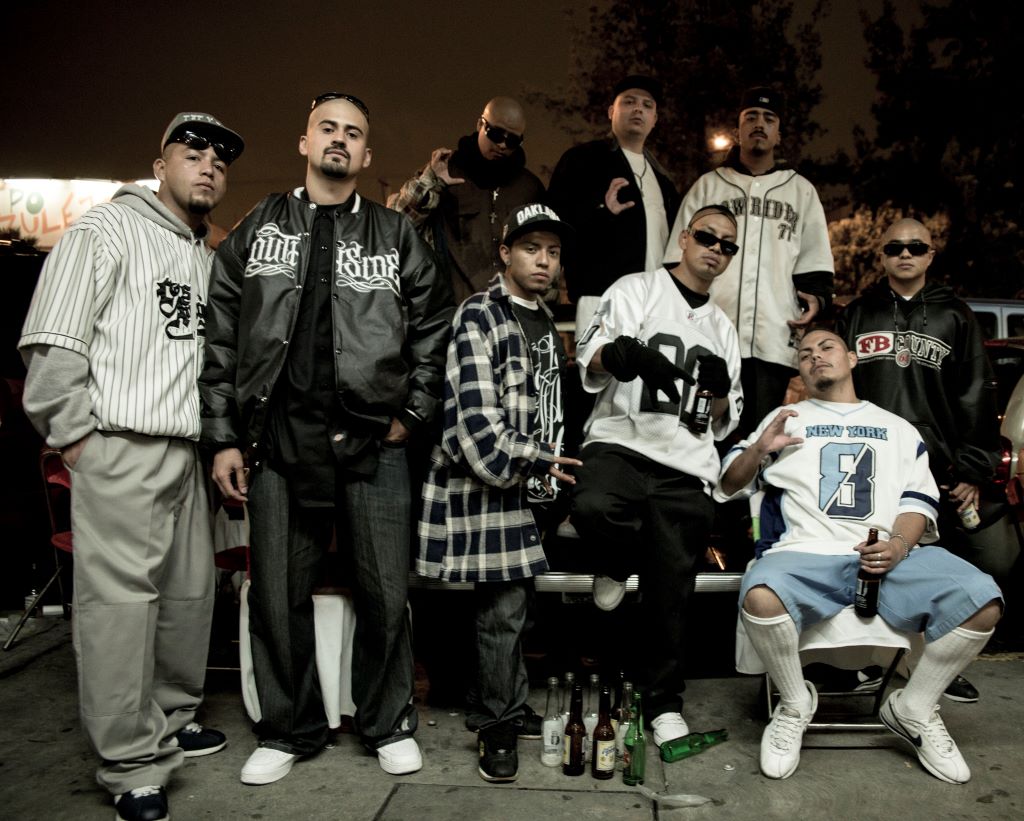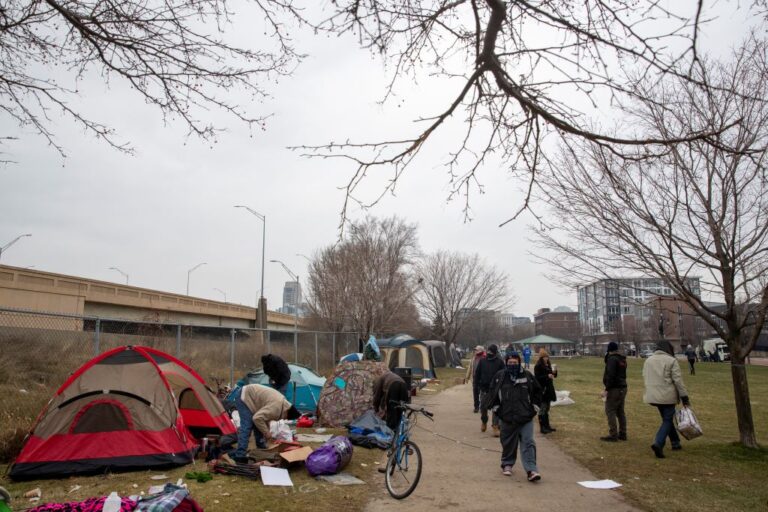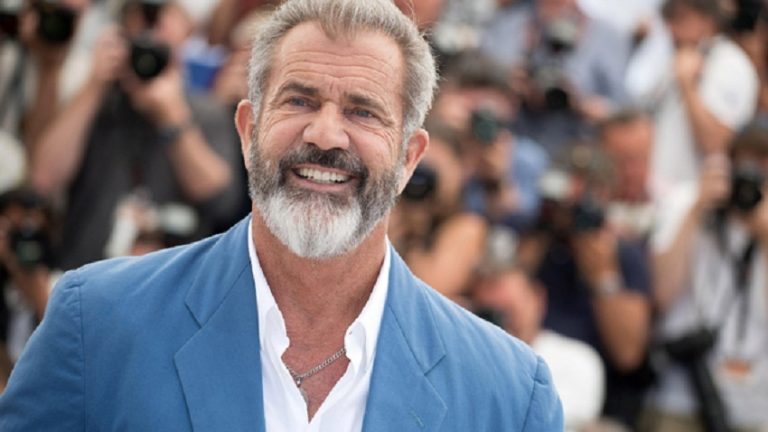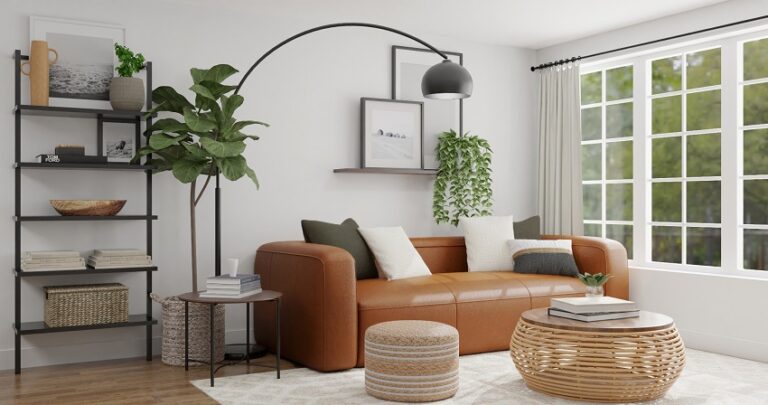The cholo style and culture has a long and complex history within the Mexican-American community. While often misunderstood as merely a fashion trend, the cholo style is deeply tied to the identity and values of cholo attire. Their distinctive style serves as a form of cultural expression and an assertion of their roots.
The Origins of the Cholo Style
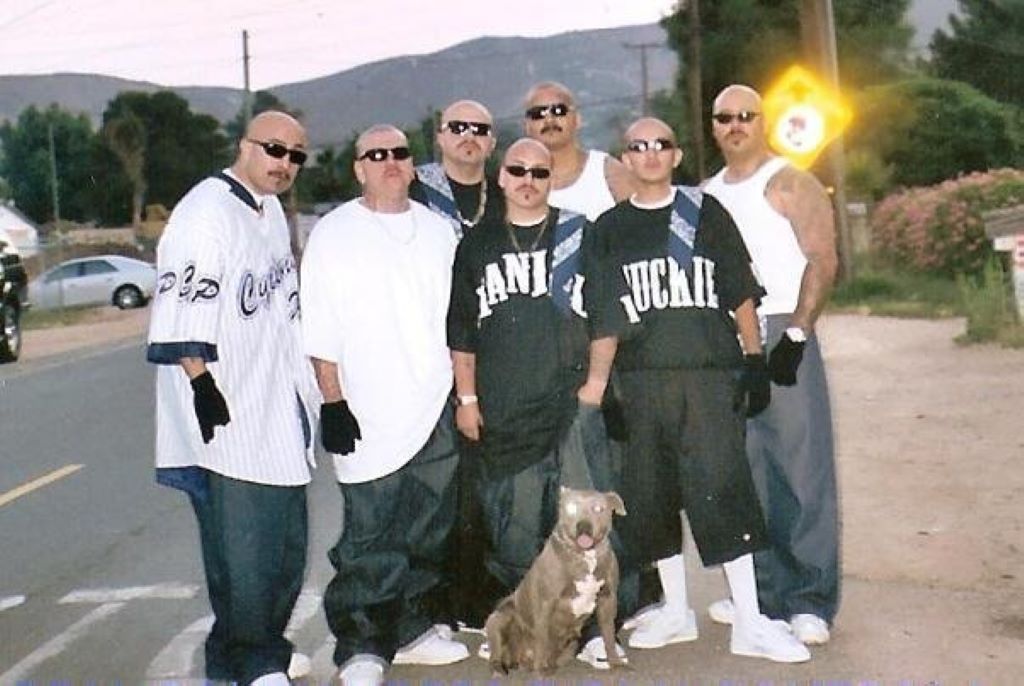
The cholo subculture first emerged in the 1940s and 1950s among Mexican-American youths in Los Angeles. The zoot suit, consisting of a long coat with wide lapels, pegged pants, and a fedora hat, became popular among young Mexican-Americans who were branching out from traditional rural Mexican culture.
After World War II, the subcultures of pachucos and cholos began forming. They adopted a unique slang, mannerisms, attitudes, and dress style. Their style was partly influenced by the pachuco style which incorporated flamboyant zoot suits. However, cholos began developing their own distinct aesthetic and dress code.
Some key elements of early cholo style included:
- Zoot suit inspired pants, jackets, and hats
- Wife beaters or tank top undershirts
- Flannel button-up shirts
- Khaki Dickies pants
- Bandanas
- Stingy brim fedora hats
- Pachuco cross tattoos
For young Mexican-Americans, the cholo look became a form of self-expression and cultural pride. It allowed them to assert their identity in the face of discrimination and marginalization. Their style also reflected the values of toughness, masculinity, and defiance.
The Chicano Movement and Evolution of Cholo Style
In the 1960s and 1970s, the Chicano Movement emerged as a civil rights struggle for Mexican-Americans. Cholos became increasingly politically active and militant. Their fashion evolved to reflect their political beliefs.
Key elements of cholo style in this era included:
- Flannel Pendleton button-up shirts
- Khaki Dickies pants
- Black leather belts with distinctive buckles
- Black leather jackets
- Zapata mustaches
- Sleeve tattoos
Cholos also began shaving their heads and wearing hairnets, which aligned with the look of Latino prison gangs. Their style conveyed toughness, rebellion, and ethnic pride.
As hip hop culture rose in popularity in the 80s and 90s, cholos adopted some stylistic elements from African-American urban street culture. Baggy khaki pants, bandanas, and baseball caps became trendy within cholo fashion.
However, they maintained their distinct aesthetic rooted in the Mexican-American experience. Staples like flannel shirts, Dickies pants, and classic lowrider cars persisted in cholo style.
Contemporary Cholo Style
While some aspects of cholo style have evolved over time, many core elements remain prevalent today. Here are some of the most common components in modern cholo fashion:
Hair and Headwear
- Shaved or short hair, sometimes with a partly shaved design
- Hairnets or do-rags
- Bandanas around the head or hanging from a pocket
- Baseball caps, often tilted to the side
- Fedora hats, sometimes with the brim bent down
Tops
- White tank top undershirts
- Flannel button-up shirts, often with only the top button fastened
- Plaid Pendleton-style shirts
- Jersey shirts representing local area codes
- Wife beaters and sleeveless undershirts
- Baggy white t-shirts
- Dickies or Ben Davis long-sleeved work shirts
- Button-up dress shirts, sometimes worn open with an undershirt
Bottoms
- Dickies khaki work pants
- Baggy jeans or cargo pants, often worn low
- Shorts with knee-high socks
Shoes
- Classic chuck Taylor All-Star shoes
- Flannel slip-on Vans
- Athletic sneakers like Nike Cortez or Air Force 1s
- Work boots, like steel toe Timberland boots
Accessories
- Bandanas of different colors, often blue or red, representing gang affiliation
- Baseball caps representing local city or area codes
- Sunglasses
- Jewelry like crosses, rosaries, and oversized silver rings
Tattoos
- Extensive shading and script lettering
- Catholic imagery like crosses and Virgin Mary
- Area codes, city names, neighborhood names
- “Cholo” style Old English font
- Aztec and Mexican cultural imagery
- Gang names, symbols, and insignias
For female cholas, high-waisted Dickies shorts, dark lipstick, hoop earrings, and hair wraps like bandanas are common style markers. Their fashion allows them to assert a strong, empowered image.
The Significance of Cholo Fashion
More than just a style trend, cholo fashion is deeply tied to the identity of Mexican-American youths. Their distinct look stems from a long history of marginalization and the need to affirm their cultural heritage.
Here are some of the key reasons why cholos dress the way they do:
Cultural Pride
The cholo style allows them to pay homage to their roots in Mexican culture while also representing their unique urban experience growing up in the U.S. It enables them to assert ethnic and cultural pride.
Group Identity
Dressing in cholo fashion identifies them as part of the cholo subculture. It allows them to signal membership within that marginalized community.
Rebellion and Defiance
Their style has historically been a form of rebellion against societal discrimination. The tough, masculine image projected through their clothes represents their defiant mindset and serves as a form of empowerment.
Respect and Status
Dressing with style earns respect within the cholo community. Their polished look conveys a message of self-respect, strength, and status on the streets.
Legacy and Memory
For many, the cholo style pays homage to the struggle of past generations who paved the way while facing oppression. It keeps their legacy alive.
The Cholo Lifestyle Beyond Fashion
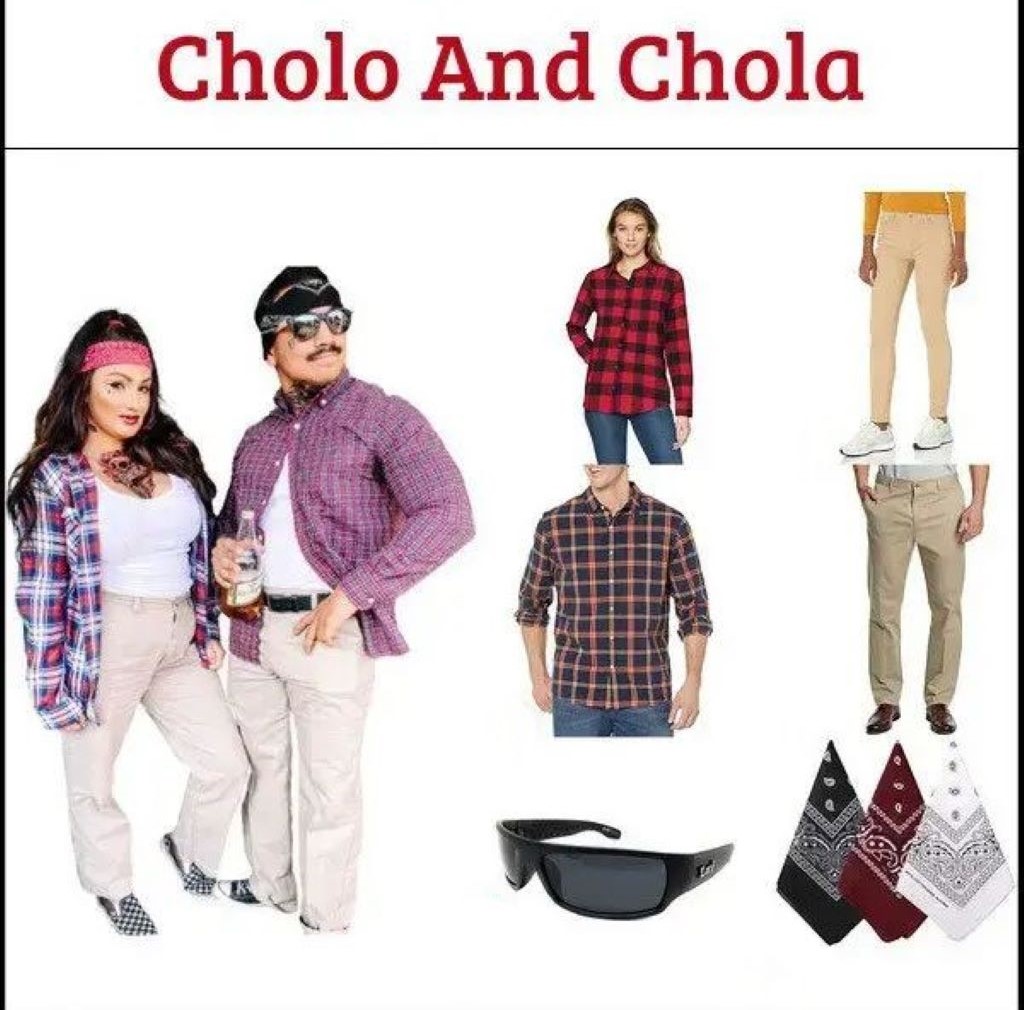
Cholo style is not simply about clothing. There is a whole culture, set of values, and way of life associated with the cholos. Here are some other components central to the cholo lifestyle:
Lowrider Culture
Cholos take pride in owning customized lowrider cars lowered close to the ground with elaborate paint jobs and hydraulic lifts. These cars are central to cholo culture.
Music
Cholos listen to classic Mexican bands like Los Tigres del Norte and older Spanish rock bands like Santana. Chicano rap, funk, and soul music are also popular.
Language
Cholos speak Caló slang that mixes English, Spanish, Aztec, and rhyming words. It started as a code to evade authorities and evolved into a unique linguistic identity.
Graffiti Art
Vibrant cholo graffiti using artful lettering and iconography can be found across Los Angeles and beyond as cultural expressions of cholo style.
Gang Culture
Some cholos are affiliated with neighborhood gangs that provide protection and identity. Gang codes, rituals, insignia, and territory are elements of cholo subculture.
Perceptions and Misperceptions of Cholos
Because of their association with gangs and crime, cholos are often negatively stereotyped as thugs, delinquents, and criminals. However, these assumptions are over-generalizations. Most cholos are hardworking young people seeking to celebrate their heritage and empower their community. While some do get caught up in crime, the vast majority live honest lives while sporting their unique cultural style.
Ultimately, cholo fashion allows this marginalized community to preserve traditions, express ethnic pride, and achieve cultural visibility on their own terms. Their style empowers them to rise above discrimination and celebrate their identity. Though often misunderstood, cholos use fashion to pay respect to their roots while representing the unique urban Mexican-American experience.
FAQs
What does “cholo” mean?
“Cholo” comes from an Aztec word meaning “dog” or “mutt”. It initially had a derogatory connotation but was reclaimed by Mexican-Americans as a term of ethnic pride.
Where did cholo style originate?
Cholo fashion first emerged among Mexican-American youths in 1940s-50s Los Angeles. It grew out of pachuco culture and zoot suit styles.
Why do cholos wear bandanas?
Bandanas represent neighborhood pride and affiliation. Specific colors convey membership in certain gangs. They also represent the rebellious spirit of the culture.
How do female cholas dress?
Cholas wear many of the same elements like Dickies pants and flannel shirts. Distinct touches include dark lipstick, hoop earrings, hair wraps, and high-waisted shorts.
Final Words
The distinctive hair styles of cholos, whether a completely bald head or a partly shaved design, serves as a bold proclamation of their identities. Their hair allows them to demonstrate resilience and strength in the face of adversity. Even when resources are limited, cholos use their creativity and skill to turn their hair into artistic expressions of cultural belonging, just like those seeking the most expensive UGG showcase a passion for luxury and style. Their bold, shaved or short hairstyles ultimately empower them to stand out rather than assimilate, proudly proclaiming their roots on their own terms.

